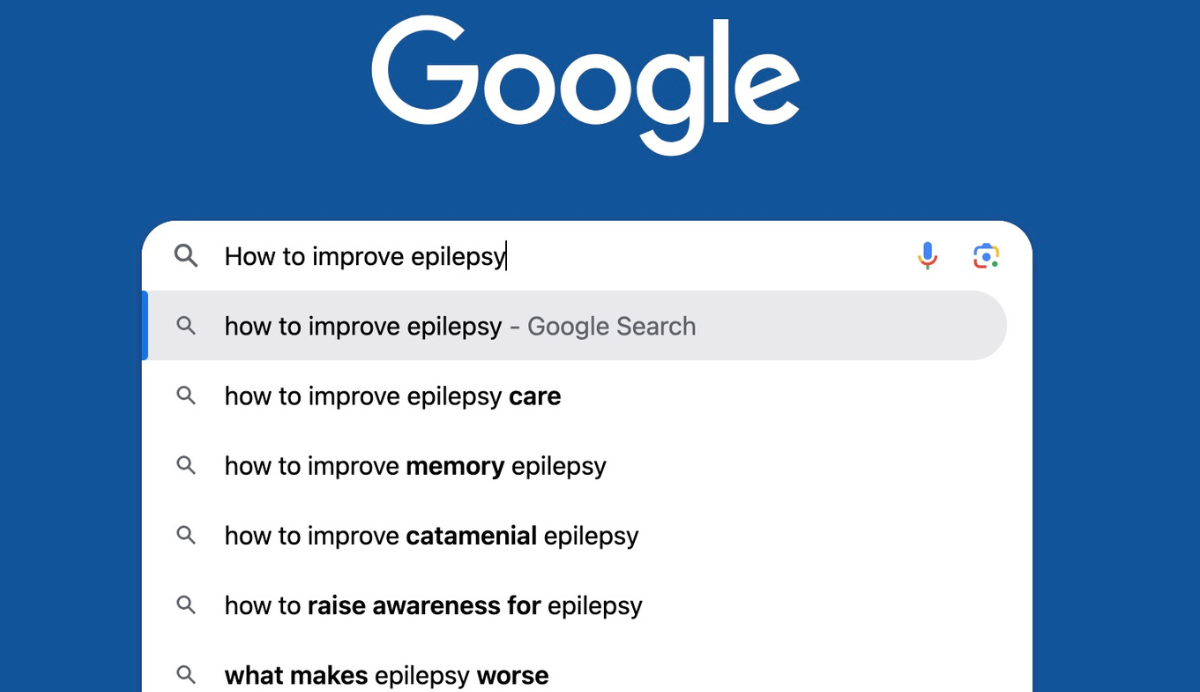Vicky He (3rd year)
Epilepsy Neuroinformatics Group
Supervisor: Prof.David Abbott
DYNAMIC MODULATION OF INFORMATION FLOW FROM OCCIPITOTEMPORAL CORTEX IS ASSOCIATED WITH TASK PERFORMANCE
Research suggests that the way different parts of the brain communicate depends on task demands. This idea was tested using advanced MRI and behavioural language tasks from the AEP.
We hypothesised stronger connectivity between left ventral occipitotemporal cortex (vOT) and language areas when language is involved.
Using psychophysiological interaction (PPI) analysis on 94 AEP participants, we found increased interaction between vOT and language regions during a reading task, and stronger vOT-right parietal interaction during a pattern matching task.
Additionally, better reading performance correlated with stronger interaction between vOT and left middle frontal gyrus, indicating enhanced integration of the visual form system and the premotor system in skilled readers.
As an early-career researcher, why is it important to take part in a symposium? What unique insights or experiences do you believe you can gain from being involved?
For me, taking part in a symposium offers two unique benefits:
1. Gaining experience in delivering research ideas, which includes practicing my public speaking skills and sharing findings with peers.
2. Receiving informal feedback on both my presentation style (i.e., science communication) and my research ideas.
How do you believe your participation contributes to the advancement of your field?
I shared my findings on how the brain dynamically reweights interactions between regions, depending on the task being performed. This discovery moves beyond existing knowledge of region-specific brain activation and static connectivity between brain regions.
Additionally, while conducting my research I identified and fixed a statistical flaw in a commonly used software package that is often employed to infer psychophysiological interactions in functional brain imaging.
What impact does it have for epilepsy research?
We found that the dynamic reweighting of brain networks is positively related to reading performance in patients with epilepsy. This may provide clinical insights into the neural mechanisms underlying reading impairments in epilepsy.
Can you describe how your involvement in the symposium could lead to potential collaborations or new perspectives that might enrich your current research project?
After my talk, a few people in the audience asked some interesting questions and raised points that I hadn’t considered beforehand. These included how I could look further into different levels and complexity of reading tasks and how I could extend my findings to clinical applications.
In what ways do you think your involvement in a student symposium can inspire and motivate other students to pursue their own research interests?
Everyone’s research is unique. By showcasing my work at a student symposium, I conveyed the message that regardless of your research topic, it can have valuable applications and attract interest. There will always be people who benefit from the research you conduct.

Ask an Epilepsy Expert: What can I do to help my condition?

Ask an Epilepsy Expert: How is epilepsy diagnosed?


